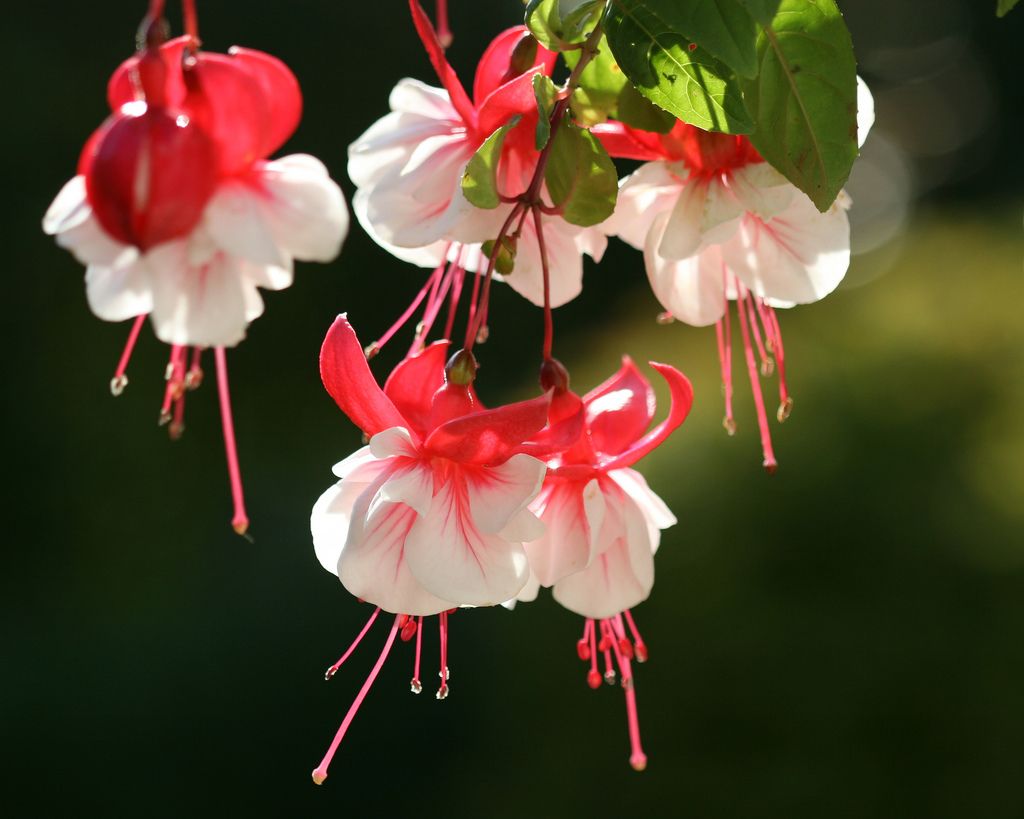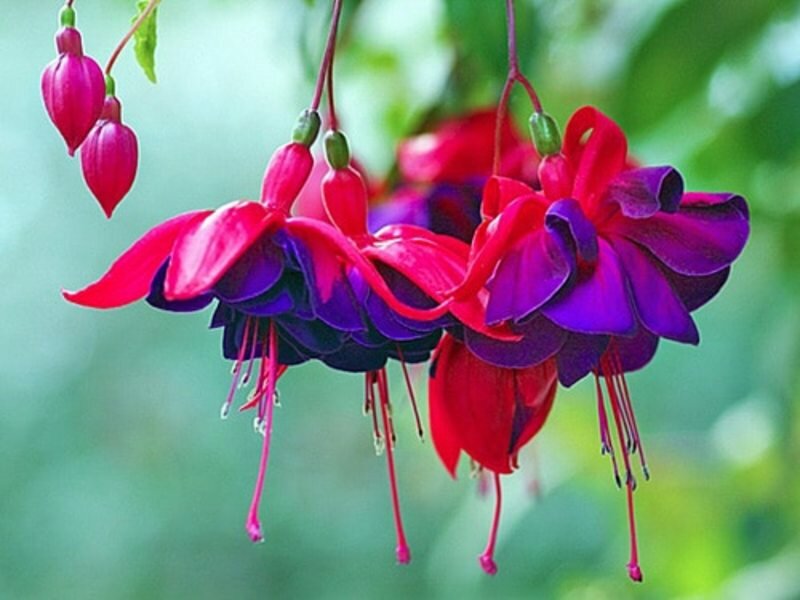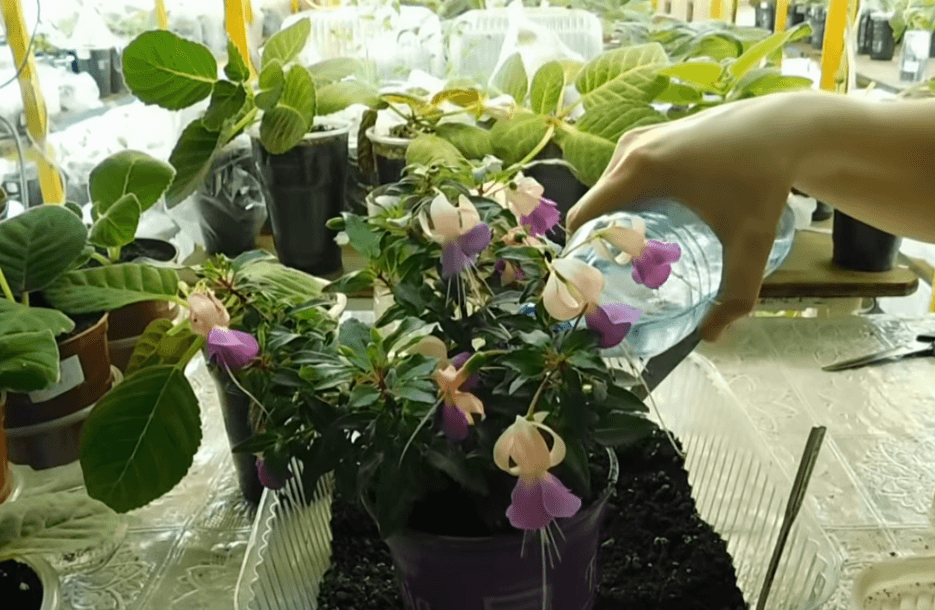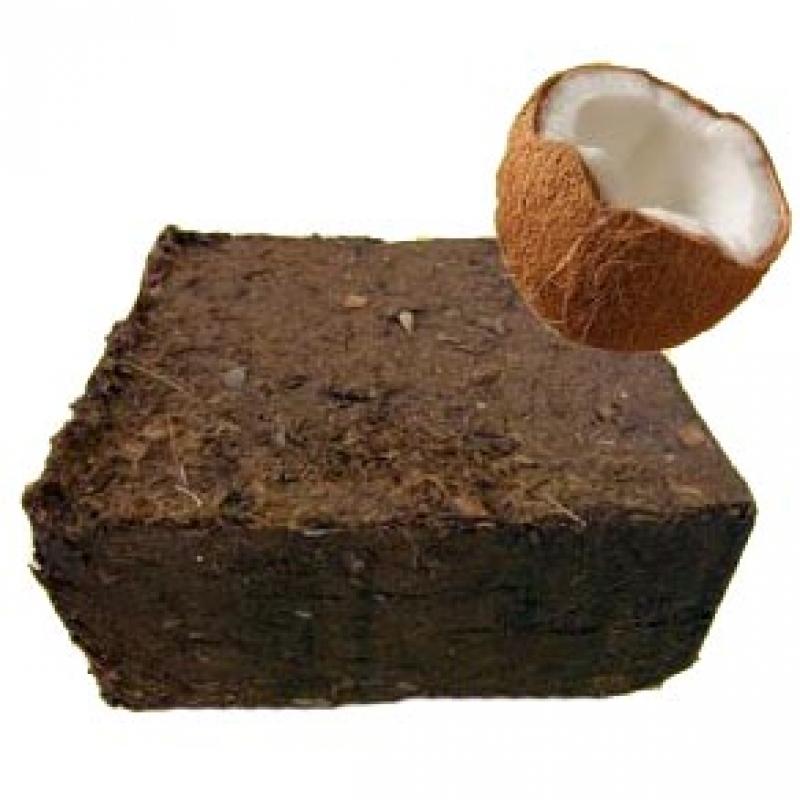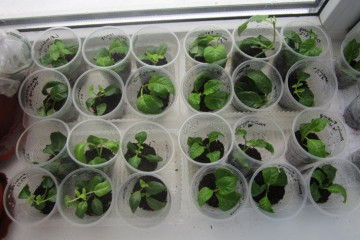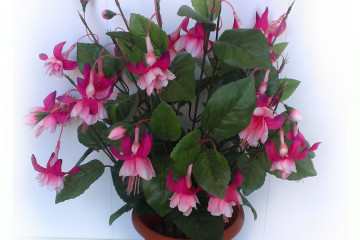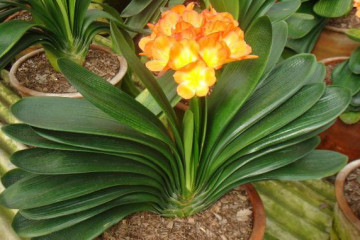Fuchsia cultivation and care at home
Content:
Even a novice florist can grow fuchsia at home. With proper treatment, care and love, the flower will grow very bright, beautiful and will delight the eye for many years.
Description
The fuchsia flower is a member of the Fireweed family. It is a very large genus of plants with about 100 different species. The plant is named after the German L. Fuchs. You can still meet wild fuchsia in the United States.
Terms
Breeders discover new species every year, although ampelous fuchsia is considered the most common. Its main feature is the growth of side shoots. Fuchsia is grown in pots.
Lighting
Fuchsia is not very capricious in leaving, but it does not tolerate the heat well, it is better not to keep it in the sun for a long time in summer and put it in the shade for a short period. The best option is to place the flower near a window facing the west or east side.
The flower makes it very quickly clear that it lacks light. With a lack of sun, fuchsia will become less presentable: lethargic, with yellow leaves.
Temperature
To determine the optimal temperature, you need to understand whether the flowering period has begun. When the first buds appear, the plant prefers less warm places with a temperature of 10-14 ° C. In the remaining periods of flowering, fuchsia can feel calm at temperatures of 21-26 ° C.
Air humidity
Humidity is determined by the season. Although in this regard the plant is not picky, a simple spraying is enough for it: in the summer it takes 2-3 times a week, in the spring and autumn 2 times, and in winter one is enough. During flowering, you can increase the spraying, but you need to monitor the condition of the leaves and shoots.
Planting fuchsia
Whole fuchsia (or its stalk) cannot be planted in a large pot. Its size needs to increase over time. To begin with, the pot should be a little over 9 cm in diameter. As the roots grow, it is necessary to transplant the plant, you can prepare a pot a little more than 12 cm.A layer of expanded clay is laid at the bottom. For planting, you only need soil and a bush.
Watering
Fuchsia does not require frequent watering, but during flowering or warm weather, you need to water more than usual. All this to prevent the flower from wilting. There are certain requirements - to use only soft water. In winter, it is worth reducing the amount of water to 1 time per week. From mid-October to December, he will have enough 1 time per month.
What fuchsia loves
The plant is very fond of bright diffused light. Not very fond of pot turns. If the rules for care are violated, it begins to drop buds and flowers.
Fuchsia likes fresh air, but does not tolerate drafts. You need to properly ventilate the room.
Fuchsia: growing and care at home
Flower formation occurs at the ends of the shoot. It's simple - more shoots, more abundant flowering.Pinching is required to form a bush, without it it will not be possible to enhance the growth of lateral shoots. The pinching forms the branching of the flower.
Many types of fuchsia are not able to dissolve the shoots on the sides. The pinching forces to release new ones.
There are several types of pinching:
- classic;
- D. Clark's method.
In the first case, with each new pruning, the plant has room for flower growth, the size and number of peduncles increases.
The second method - Clarke - provides faster forming compared to classic pinching. Doubles the number of shoots.
What is the best time to pinch? There is no exact one, it can be both summer and winter, the main thing is that the cutting is rooted.
Priming
Fuchsia flower very well perceives nutritious, as well as light soil with a slightly acidic reaction and good drainage.
In theory, anyone that sells in garden stores can do. But in practice, its quality is very poor due to the fact that low-quality deliveries are possible. If you are lucky, this will be the maximum peat, which begins to shrink as it dries and cannot hold back nutrients. It also happens that a lot of garbage comes across, in which there may even be spores of mushrooms.
There are several suitable types of soil for fuchsia:
- Sand. Used to improve soil, adds weight to keep roots in the middle rather than around the perimeter. It is not recommended for use with quarry sand, as it has poor properties, for example, when it gets wet, it begins to crumble into very hard lumps. The best option would be river coarse sand or it can be replaced with finely ground clay shards.
- Peat. This is a loose rock, which is mined from the accumulation of moss residues, which did not have time to decompose at very high humidity and a small amount of oxygen (mainly in swamps). Absorbs water very well. It is better to soak dried peat a day before use. The best choice is granular. It gives structure and lightness. Must be well moisturized before use.
- Turf. This is part of the topmost soil layer (approximately 11-13 cm), collected from pastures, which decomposes completely in 6-8 months. All this is due to the remains of fibers and various herbs. Sod holds water well and does not crumple.
- Leafy humus. These are leaves that have rotted over the course of the year. It can be replaced with another soil from rotten trees or peat. It has few nutrients, but it improves the quality of the soil. Reproduction on this soil is the best.
- Coconut soil. This is a new product specially designed for gardeners. It consists of the peel of a coconut, it is sold in dry form, crushed and distributed into briquettes, after the ingress of water it begins to swell strongly. Has a high moisture content, decomposition takes a long time. There is almost no way to fill this soil with water, which is very good for ampelous fuchsia. Ideally, use 50% coconut soil, cover the rest with ordinary soil. Very suitable for growing in the garden.
Fuchsia: growing and caring for the winter at home
Fuchsia care loves the following:
- Remove the plant from the pot and perform a visual inspection for various diseases or parasites. The flower will have to be carefully pulled out of the pot so as not to harm. It is better to get rid of the old soil, because it can contain parasites or larvae, and it can also be infected with diseases.
- Do a complete cleanup if parasites are present and cut off diseased areas of the plant.It is easy enough to figure out which roots to cut off, as they are grayish black. Cut should be done with the capture of up to 50 mm of the healthy part of the plant.
- Rinse the inside of the pot thoroughly, disinfect the walls. Install new drainage and cover with fresh soil. Insert the bush into place.
- After all the actions, you should put the plant in a secluded place where there is little light and more moisture. It is necessary to prevent the soil and roots from drying out; it is required to periodically water it with soft water.
How to grow fuchsia in spring
In the spring, after wintering, you need to transplant the flower into a new pot or clean it and plant it in fertile soil. Cut off excess and dry twigs. Get the plant out of the basement and put it on the windowsill in a room where there is sun, and wait for new shoots.
In dry air, the bush should be sprayed with soft, warm water. This is very good at helping the plant wake up and wake up the buds.
Fuchsia should be properly kept in the sun and proper care should be provided. This is required in order for the shoots to develop evenly.
After the shoots grow in several rows, a pinch is required for the splendor of the crown.
When the weather is warm, the flower can be taken outside. First, for a day, and then gradually increase the time spent on the street.
How to feed in spring
In the spring, fuchsia needs to be fed with fertilizers with a high nitrogen content for the growth of green mass. Groundbait should be applied in moderation. Overfeeding can result in root burns or diminished flowers and loss of presentable appearance. The flower should be fertilized correctly once every 7-10 days.
Protection from pests and diseases
Mostly pests begin to appear in the spring, so you should take good care of the plant, conducting regular thorough inspections. The most serious enemies are whiteflies and aphids. When they appear, the plant should be treated with special insecticides. It should be sprayed under the root and on top (sometimes, for complete protection, cover with a bag).
Very bright, multi-colored indoor fuchsias are the favorite flowers of many gardeners. They are not too demanding in care, although there are some nuances. The main thing is to choose the right variety, pinch regularly and monitor the appearance of parasites.
